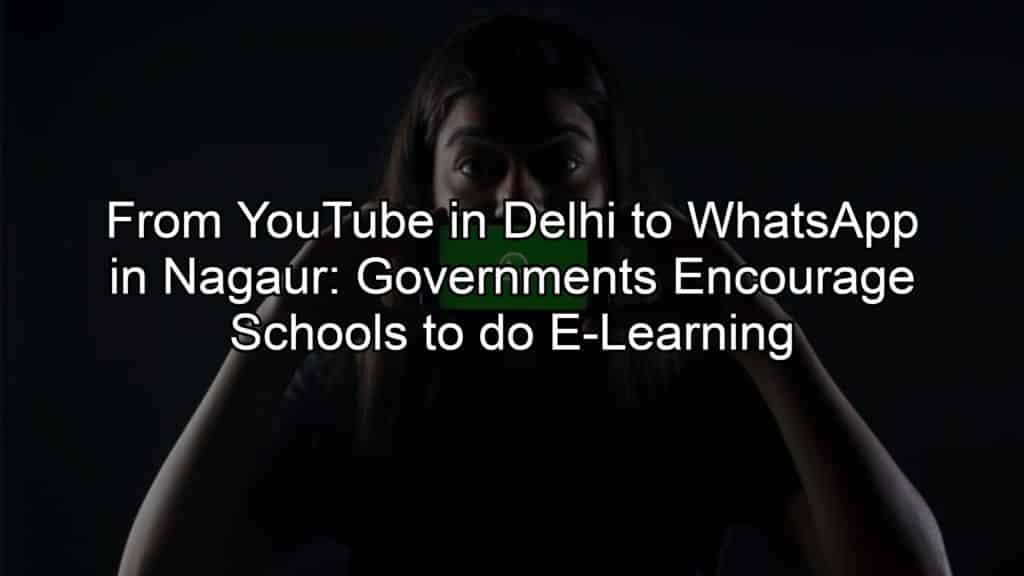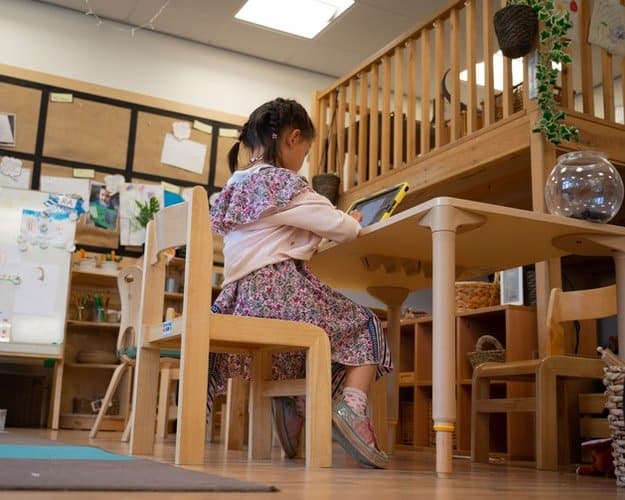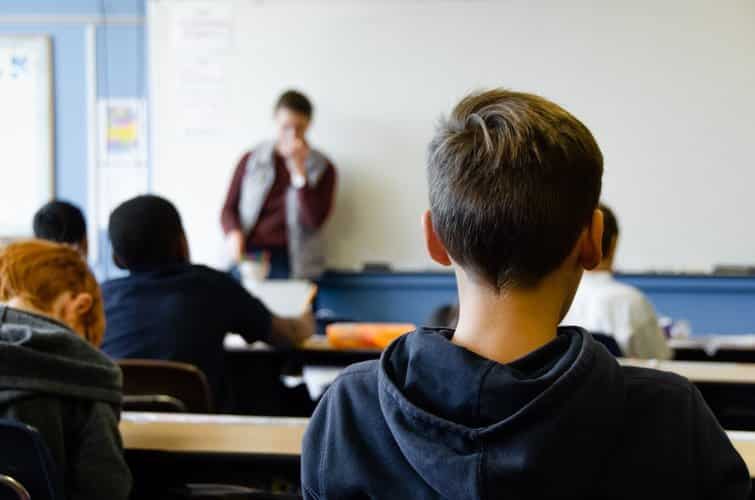
At around 9 AM on April 13, two WhatsApp groups came alive in Hudeel, Nagaur district in Rajasthan’s gram panchayat. One WhatsApp group is for the parents, while the other is for the teachers and school officials. The messages in the group consist of lessons like a “body movement” video for Class 6’s NCERT as well as a YouTube link for Class 9’s remainder theorem.

In 2019, Rajasthan got the top spot in the national rankings for Class 8 math and language outcomes. The said ranking was from NITI Aayog’s School Education Quality Index, where Nagaur district had the highest score.
The said district is a COVID-19 red zone that has already recorded 221 cases, 126 recoveries, and five deaths. Despite these figures, the schools in Nagaur served as an illustrative example of how government schools keep learning a priority despite the pandemic, lockdown, and inadequate digital resources for online classes. How to gain success from E-learning? Buy views reviews.
Schools Battle For Education Amid Lockdowns
One of the front soldiers for this battle to keep students learning is Sushma. She is the principal of Hudeel Secondary School in Nagaur district. Sushma makes sure that both of their WhatsApp groups receive the messages coming from Jaipur’s education department.
According to the principal, she and the other school officials are aware that unlike the fully interactive video classes done by private schools in metros, their approach is a one-way push. However, she still believes that it is better to reach out to their students in their own possible way.

Can The Lockdown Be Educational With YouTube Views?
Sushma added that the teachers in their school handle five families each. Each of these teachers calls their assigned families to find out whether they are having any trouble with assignments and the links sent to them. In addition to being a school principal, Sushma is also the Panchayat Elementary Education Officer (PEEO), making her in charge of eight schools located in gram panchayat.
At the day’s end, she compiles the feedback sent to her by teachers and students. Once compiled, she sends them all to block-level officers who then deliver it to the district as well as the state capital.
Sarita Kumawat is among the parents in the Hudeel WhatsApp group. Sarita, a 32-year-old mother of three holds a B.Ed and an MA degree. She is the one who helps her daughter in accessing the links sent by the school on her smartphone. Sarita noted that before the pandemic, she did not allow her daughter to use a phone much. However, now that she has to take online classes, Sarita’’s daughter has free access to her phone. According to her mother– whose husband works as a Rajasthan Roadways technician in Sikar– that is better than not doing anything more than watching TV.

YouTube Subscribers Send Views For Learning
The Nagaur program is a part of the Social Media Interface for Learning Engagement or SMILE implemented by the Rajasthan government. The said e-learning plan was first set in motion on April 13. Maju Rajpal, the School Education Secretary noted that across the state, at least 13 lakh families are connected using the Whatsapp groups.
Rajpal admitted that there are limitations to their online education system. Only two out of the 13 lakh families can use the messages sent by the school. The reason behind this is many of them do not have smartphones to access the messages. Rajpal added that even in the families who have smartphones, students still find it hard to access the messages because the father– who invests less on their child’s education– usually owns the phone. Still, he said that they are trying and learning while they continue with their current education structure. For instance, teachers send revision videos and quizzes on weekends. In addition, they send a Google form daily in order to know the feedback of their students.
The Delhi Government Makes the Online Class Structure More Interactive
Furthermore, the Delhi government aims to be more interactive on their student reforms. The said state tied up with a tech partner in order to put up live sessions on YouTube. The said live sessions will provide lessons for approximately 1.6 thousand lakh senior students who study in state-run schools.
Last May 16, Saturday, Abhar Ahmad conducted an hour and a half “Economic Activities” YouTube lecture to his Class 12 students. Ahmad is a geography instructor at the Kalkaji Government Boys Senior Secondary School.
Zoom, YouTube, Learning From Home?
Ahmad, as well as his two co-teachers, use the video platform Zoom from their homes. They connect the Zoom video on YouTube for the students to access. Between the slide shows, the teachers give brief discussions to their students about the questions that will likely appear in the board exams. Moreover, students can leave their questions on the chatbox below the video. After the classes, Ahmad asks his students to rate the lecture with either a 1-10 score or a thumbs-up emoji.
Ahmad has been teaching for more than three decades. Although he is not technologically sound, he quickly learned how to use online platforms. He said that the way they have to adapt to the current learning structure excites him In addition, he was able to do things that he cannot do on a regular set-up. For instance, he has to make Powerpoint presentations as well as think of a way how he can make the lecture appealing to his class.
Conclusion
According to the Principal Adviser to Director, Education in Delhi Shailendra Sharma, around 60 senior instructors like Ahmad were on the list of those who will do virtual classes.
However, the main challenge faced by teachers and students alike when it comes to online classes is the lack of resources. Sushma said that out of 550 students, barely 20 percent can access the resources they send.
On the other hand, Sharma pointed out that virtual classes are not meant to replace classroom learning. Instead, the online lectures aim to engage with students who will soon transition to Class 12. This is to ease their anxiousness with regards to losing out in an important year. In addition, the virtual classes will help students move beyond their learnings.
